Tag: L Mahadevan
-
Science & Tech
Termites shape and are shaped by their mounds
Researchers investigate how centimeter-sized termites, without architects, engineers or foremen, can build complex, long-standing, meter-sized structures all over the world.

-
Campus & Community
Bringing biology and mathematics together
The National Science Foundation and the Simons Foundation have awarded a grant to Harvard scientists to create a research center aimed at bringing biologists and mathematicians together to answer some of the central questions about living systems.
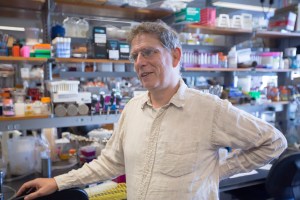
-
Science & Tech
Applied mathematicians in Namibia
What can termites teach us about designing green buildings? As it turns out, a lot.

-
Health
Mimicking birdsongs
After discovering that the complexity inherent in birdsongs results from a controllable instability in the organ used to create them, researchers at the Harvard Paulson School have developed a mimicking device.
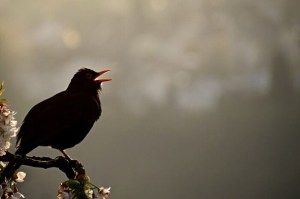
-
Health
Why weeping willows bend and poison ivy doesn’t
A mathematical framework can explain how a plant stem’s “sense of self” contributes to its growth upward or downward.

-
Health
How termites ventilate
Research led by a Harvard professor describes in detail how termite mounds are ventilated.
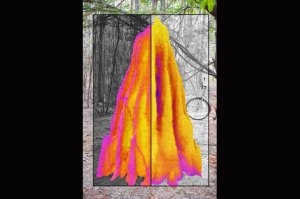
-
Science & Tech
Keys to a split-second slime attack
Researchers from the Harvard School of Engineering and Applied Sciences and from universities in Chile, Costa Rica, and Brazil have been studying the secret power of the velvet worm.
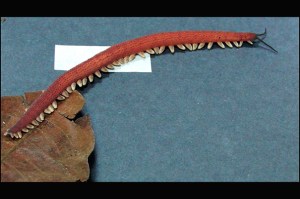
-
Health
All goes swimmingly
Using simple hydrodynamics, a team of Harvard researchers was able to show that a handful of principles govern how virtually every animal — from the tiniest fish to birds to the largest whales — propel themselves through the water.
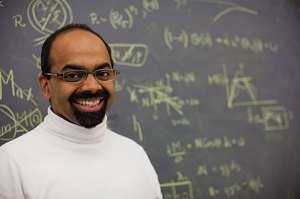
-
Health
When cooperation counts
A new study conducted by Harvard scientists shows that in deer mice, a species known to be highly promiscuous, sperm clump together to swim in a more linear fashion, increasing their chances of fertilization.
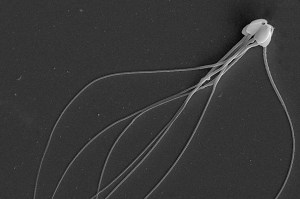
-
Science & Tech
Advancing science and technology
The National Science Foundation is awarding grants to create three new science and technology centers this year, with two of them based in Cambridge. The two multi-institutional grants total $45 million over five years.

-
Science & Tech
Clues in the cucumber’s climb
Harvard researchers, captivated by a strange coiling behavior in the grasping tendrils of the cucumber plant, have characterized a new type of spring that is soft when pulled gently and stiff when pulled strongly.
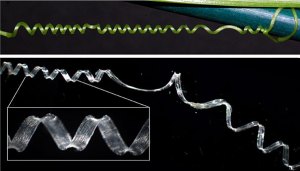
-
Science & Tech
Pollock: Artist and physicist?
A quantitative analysis of the streams, drips, and coils of artist Jackson Pollock by a Harvard mathematician and others reveals that he had to be slow and deliberate to exploit fluid dynamics as he did.

-
Science & Tech
How the lily blooms
SEAS research has revealed that differential growth and ruffling at the edges of each petal — not in the midrib, as commonly suggested — provide the force behind the lily’s bloom. The work contradicts earlier theories regarding the growth within the flower bud.

-
Campus & Community
Harvard prof receives IIT-M distinguished alumnus award
“Why do you read Shakespeare? And you don’t learn plumbing and electrical work because they are useful in daily life, do you?” responds Harvard University professor L Mahadevan when he’s asked about the relevance of mathematics in daily life.


